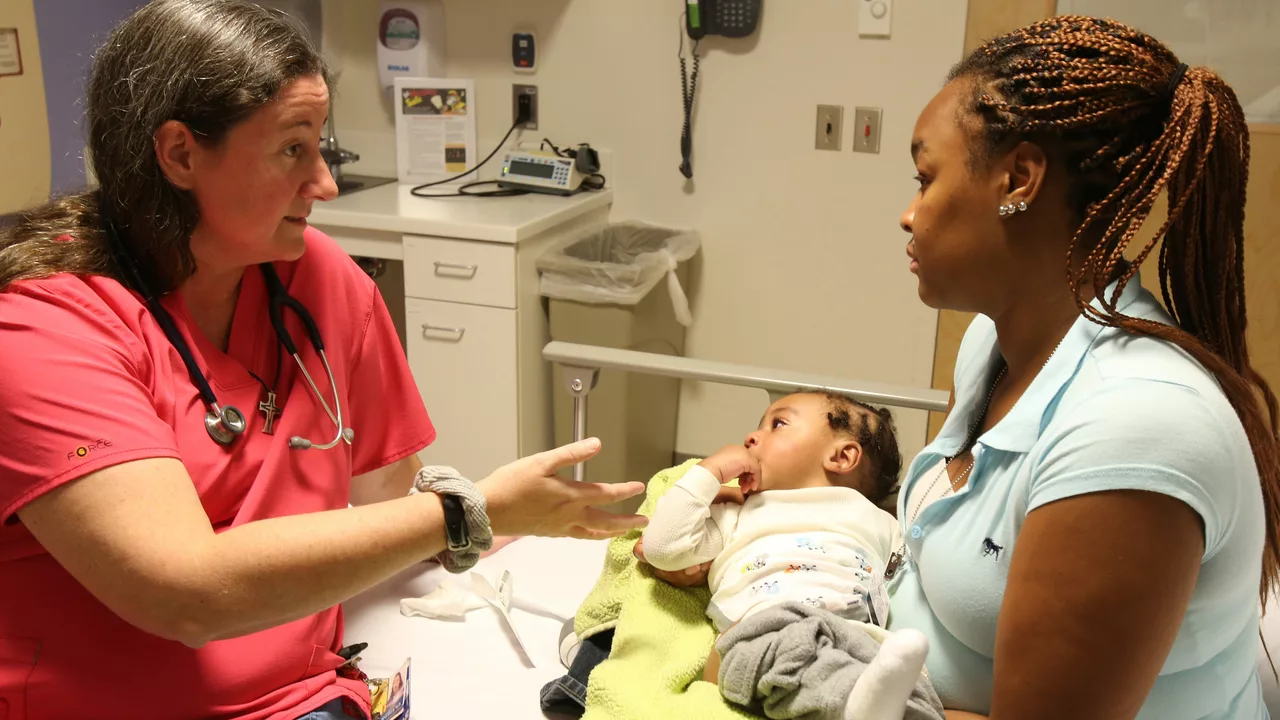Do poor people in the United States have health care?

The Reality of Health Care Accessibility for the Poor
As a blogger who closely monitors the pulse of the United States, I've been observing the ongoing debate surrounding health care. It's an issue that affects us all, but strikes particularly hard for those among us who are less well-off. The question that frequently surfaces is: do poor people in the United States have access to health care? In a country as affluent as ours, it seems like a no-brainer. However, the reality is far from straightforward.
The Affordable Care Act (ACA) was implemented with the intention of expanding health insurance coverage to millions of uninsured Americans. However, the effectiveness of the ACA is a contentious issue. Let's delve deeper into this and other factors that influence health care accessibility for the poor in America.
Understanding the Affordable Care Act
The ACA, or 'Obamacare' as it is commonly known, was introduced in 2010 to provide health insurance for the uninsured. The intention was noble: to ensure that everyone, regardless of their income, had access to health care. The ACA expanded Medicaid, created health insurance marketplaces, and provided consumer protections.
Despite these advancements, not everyone benefited equally from the ACA. Many low-income individuals and families found that they fell into a 'coverage gap'. This meant that they earned too much to qualify for Medicaid, but too little to afford private insurance, even with the subsidies provided by the ACA. This has left millions of poor Americans without health insurance.
The Impact of Medicaid Expansion
Medicaid expansion was a key component of the ACA. It was designed to extend coverage to low-income adults who would otherwise be ineligible. Yet, it's important to note that not all states chose to expand their Medicaid programs. Thus, poor people in states that did not expand Medicaid are often left without affordable health care options.
Even in states that expanded Medicaid, there are barriers. These include strict eligibility requirements and complicated application processes. Furthermore, many low-income individuals are not aware of their eligibility or do not know how to apply.
The Role of Community Health Centers
Community Health Centers (CHCs) play a crucial role in providing care to underserved populations. These centers offer a range of services, often on a sliding fee scale based on income. However, while CHCs are a lifeline for many, they are not a panacea. They are often underfunded, understaffed, and overwhelmed by demand.
Many CHCs face financial instability due to heavy reliance on federal funding, which can fluctuate. This instability can lead to service interruptions and closures, leaving poor communities without access to essential health services.
Private Insurance and the Underinsured
Many poor people in the United States who do have health insurance are underinsured. This means that their insurance does not cover all necessary medical expenses, leaving them with high out-of-pocket costs. Even with insurance, the cost of co-pays, deductibles, and non-covered services can be prohibitive for low-income individuals and families.
Underinsurance can lead to delayed or avoided care due to cost concerns. This can result in poor health outcomes and increased medical costs in the long run. It's a paradox: those who need health care the most are often the least able to afford it.
Looking Forward: Health Care Reform
Health care reform is a hot topic in the United States. It's clear that the current system is not serving all Americans equally. While some have access to high-quality, affordable health care, many of our most vulnerable citizens are left without adequate coverage.
There are many proposed solutions, from universal health care to a public option to further expansion of Medicaid. However, regardless of the path we choose, it's crucial that we prioritize the needs of the poor in our health care reform efforts. Without this crucial focus, the health and wellbeing of millions of Americans hang in the balance.